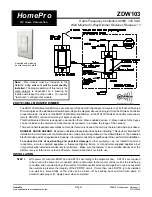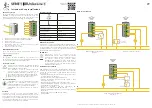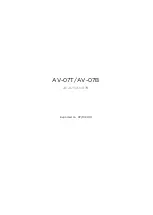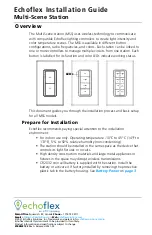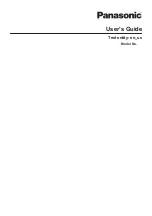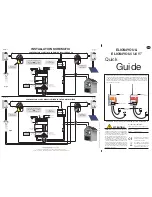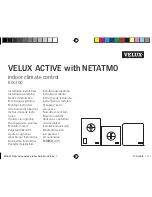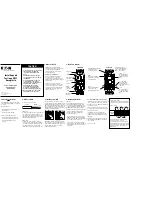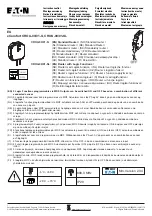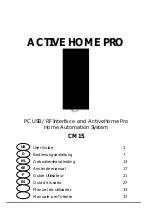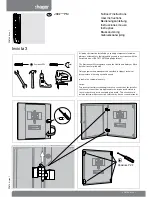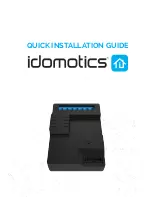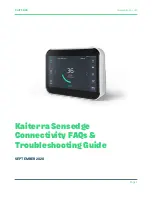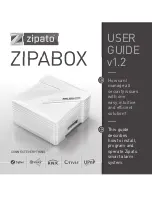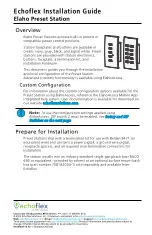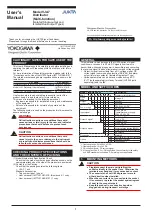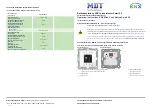
ZDW103 Instructions, Release 1.1
P/D 102406
HomePro
by ADVANCED CONTROL TECHNOLOGIES, INC.
0703-01
6
Enable Shade Control Group 2
• Parameter 14
• Length: 1 Byte
• Valid Values: 0 or 1 (default 0)
The ZDW103 can control shade control devices via its group 2 if this configuration parameter is set to 1.
Enable Shade Control Group 3
• Parameter 15
• Length: 1 Byte
• Valid Values: 0 or 1 (default 0)
The ZDW103 can control shade control devices via its group 3 if this configuration parameter is set to 1.
LED Transmission Indication
•
Parameter 19
•
Length: 1 Byte
•
Valid Values = 0 , 1, 2 (default 2)
The ZDW103 will flicker its LED when it is transmitting to any of its 4 groups. This flickering can be set to not
flicker at all (set to 0), to flicker the entire time it is transmitting (set to 1), or to flicker for only 1 second when it
begins transmitting (set to 2). By default, the ZDW103 is set to flicker for only 1 second.
Each Configuration Parameter can be set to its default setting by setting the default bit in the Configuration Set
command. See your controller’s instructions on how to do this (and if it supports it).
All Configuration commands will be reset to their default state when the ZDW103 is reset from the Z-Wave system.
Powerlevel
The ZDW103 supports the Powerlevel command.
The Powerlevel command allows controllers to set and get the RF transmit power level of a node and test specific
links between nodes with specific RF transmit power. Refer to your controller’s instructions, if it supports this
command, for more information. This command is typically used by professional installer
SUC Support
There must be a Static Update Controller in your Z-Wave system for this feature to work. A Static Controller is
one that is not moved after addition to the network. The Static Controller can act as a gateway in the system, since
other nodes always know its position. The “always listening” advantage of the Static Controller is that other nodes
can transmit information frames to it whenever needed.
You can assign an “SUC Route” to the ZDW103. Refer to your Controller’s instructions on how to do this (if it
supports it). Assigning an SUC Route to the ZDW103 allows it to request an update of the Z-Wave devices that
are between it and the Z-Wave device to which it was trying to transmit. The ZDW103 will only request an update
when a transmission fails.
SPECIFICATIONS
Power
120 VAC, 60 Hz
Signal (Frequency)
908.42 MHz
Range
Up to 100 feet line of sight between the Controller and /or the
closest HomePro Receiver Module
INTEROPERABILITY WITH Z-WAVE™ DEVICES
A Z-Wave™ network can integrate devices of various classes, and these devices can be made by different
manufacturers. The ZDW103 can be incorporated into existing Z-Wave™ networks.
The top or bottom of the paddle switch on the face of the ZDW103 can be used to carry out inclusion, association,
or exclusion.

